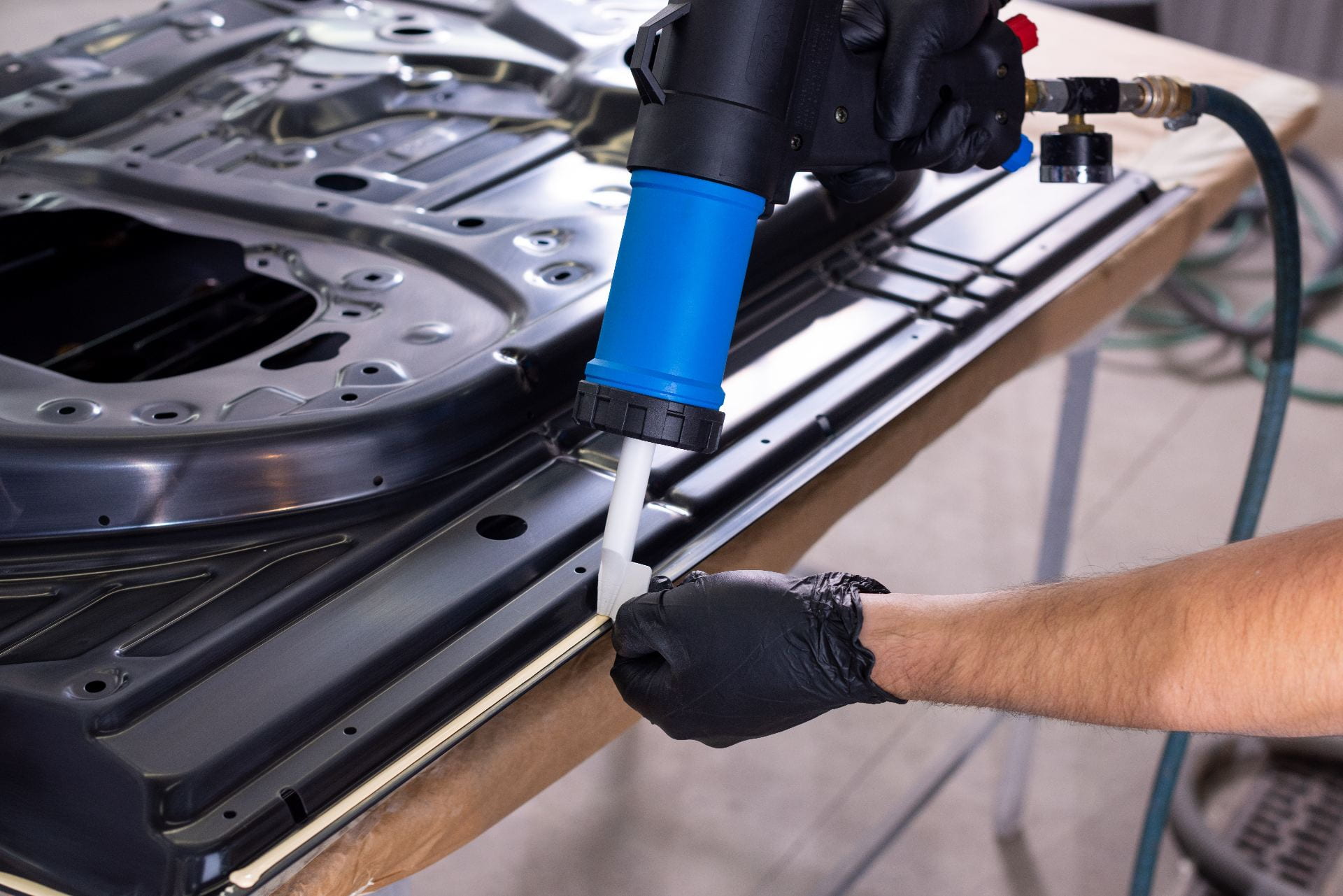Today’s automobile production demands substantial usage of various adhesive and sealant products. This demand is not just limited to the production stage, but an ever-increasing need is realized throughout the lifecycle of the automobile for repair and maintenance. Adhesives used for joining parts in body shop are epoxy resin based, while adhesives used for anti-flutter are rubber-based, and adhesives used in trim assembly for windshield installations uses 1K or 2K polyurethane adhesives in direct glazing application. Their use in automotive production provides numerous benefits, which include improved vehicle safety, increased durability, and reduced weight, which ultimately leads to improved fuel efficiency. Adhesives also provide superior corrosion resistance, as they help prevent the intrusion of moisture and other corrosive substances. They enhance the aesthetic appeal of the vehicle, as they allow for seamless and invisible joining of components. Though adhesives are critical to modern automobile, petroleum-based polymers also raise issue of waste handling. The majority of adhesive and sealant waste reduction efforts are focused on recovery from end-of-life vehicles and the production of new recyclable bio-based adhesive material, which also includes efficient handling and processing of automotive shredder residue. For example, to put this problem into perspective, one BMW 7 series auto uses 163 m total length of just 1K adhesive type. There is enormous amount of adhesive and sealant waste generated in the production stage itself. A course correction is needed in this respect where resource, recovery, and recycling efforts can be focused on waste reduction of adhesive and sealants in automotive production processes where the majority of adhesive waste generated in manufacturing stage is due to shelf expiry and purging. This project plans to undertake a comprehensive study of this problem and propose a working waste reduction solution.




